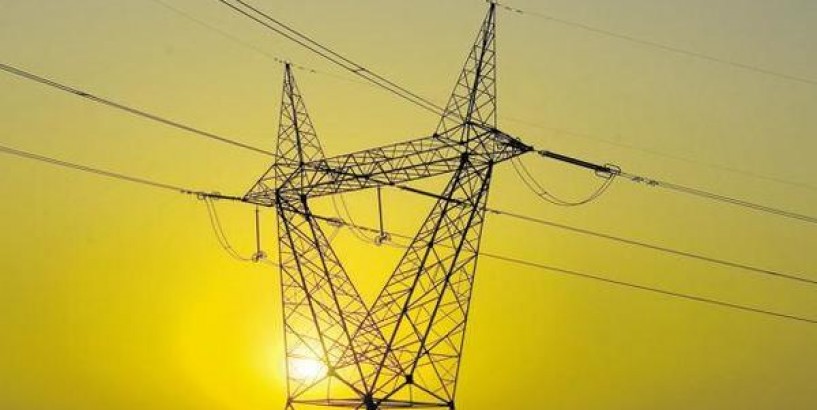Starting next month, consumers may see inflated electricity bills and/or frequency of power cuts increase, as part of a chain reaction set off by the government that ordered stopping supply to state electricity distribution companies (discoms) that don’t pay their bills on time.
On 28 June, the Ministry of Power directed all discoms to open and maintain sufficient letters of credit (LCs) as payment security under power purchase agreements (PPAs) with generation companies. The rule comes into effect in August. The government took this measure as discoms’ dues to generators have mounted, placing the latter and their lenders under stress.
Thermal power generators are now required to pay in advance for coal procured from Coal India Ltd and have to make upfront payments to the Railways for coal transportation. On the other hand, discoms continue to procure power from generators without paying for 3-5 months. Forcing discoms to acquire LCs will bring discipline to this part of the chain. If a discom doesn’t pay, the generator can enforce the LC, collect payment and discontinue power supply to the discom.
However, in a report released on Monday, credit ratings agency Crisil has said several discoms will struggle to get their LCs in order. “Discoms have to provide LCs equivalent to their monthly power-purchase bills. This will be a herculean task for many discoms, given their precarious financial positions," the report said.
CRISIL Research has estimated that additional working capital requirements for discoms -- to speed up bill payment -- may lead to a further rise in interest burden of ₹ 400-500 crore for state utilities, particularly those in Uttar Pradesh, Karnataka, Tamil Nadu and Telangana. These states also have high fiscal deficit -- ranging between 2.8% and 3.5% -- which makes state grants to shore up finance of discoms difficult.
This leaves discoms with the choice to either depend on bank borrowings to meet LC requirements, resulting in further rise in debt, and consequently, increase in interest costs, or recover higher costs from consumers. “This could be through tariff hikes or creation of regulatory assets that enable recovery of carrying costs through tariffs in subsequent periods," the report said.
Alternately, discoms may choose to procure power through central and state-generating units that are currently under-utilised. Discoms may also opt for partial load-shedding to keep their costs under control.









